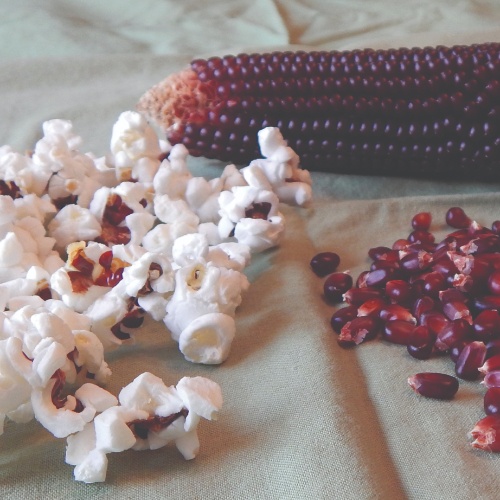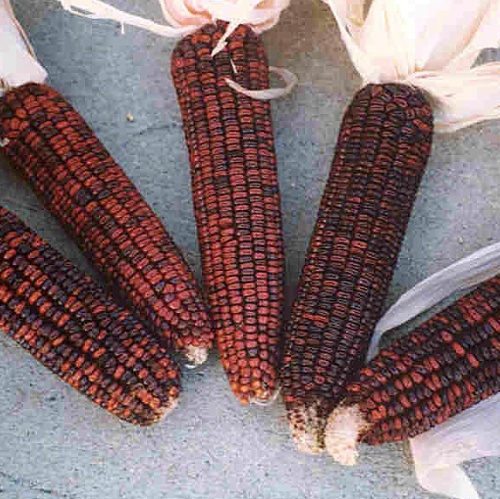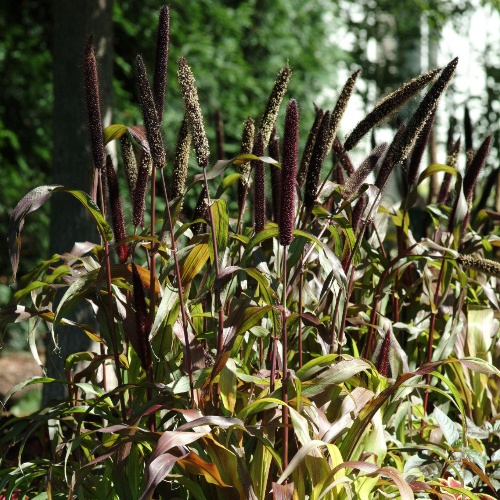Sweet Corn
Sweet Corn breeders have been working with many new genetic combinations affecting the sugars in sweet corn varieties, which in turn affects classification of varieties. So far, there has not been complete agreement about classifying various types. Twilley's research department continually
looks at different varieties and how they perform. The following information will help clarify types listed by Twilley, so you can choose which variety is best for your sweet corn production. None of our sweet corn varieties are GMO.
Sh2 corn avg 3,500sd/lb.
Other sweet corn avg 2,500 - 3,000 sd/lb.
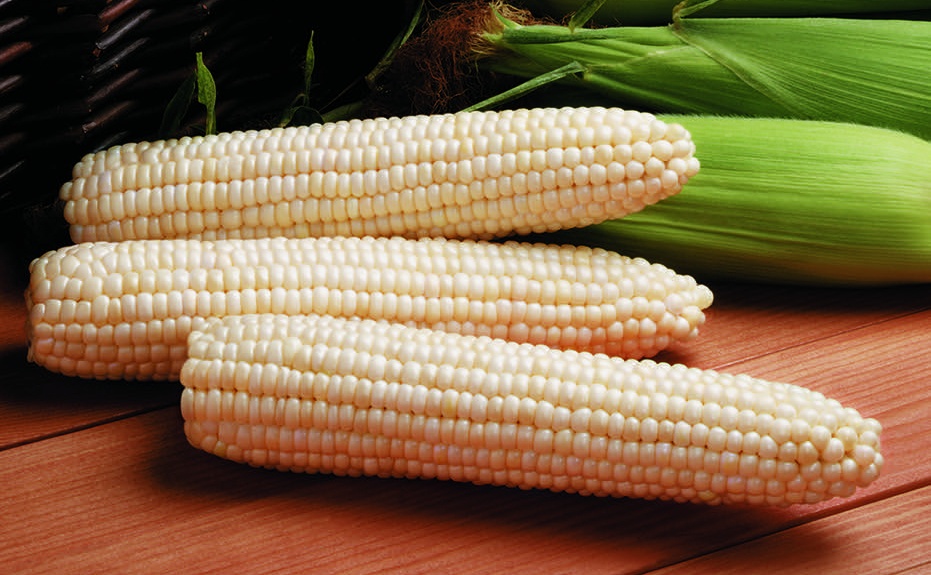
Soil temperature
If sown too early in the season, corn will not grow well. Wait until soil is over 55° F. Only treated seeds of cold-germinating varieties should be planted before that time.
Isolation
Many types of sweet corn must be isolated from other corn to limit pollen crossover. This can be achieved by using varieties with different maturity timing, sowing at different times, or separating by physical location.
Planting
Full sun is necessary. Sow seeds 1" deep and space 6-7" apart. Rows should be approximately 32" apart. Untreated seed should be planted more densely. To ensure proper pollination, think "four": plant in blocks of at least four rows, each at least four feet long.
Pests/Diseases
Conditions vary depending on location. For the best information regarding each region, we advise you to consult your local extension service.
Harvest
Corn is ready to eat when the silk turns dry and dark brown and kernels are milky.
Augmented Shrunken
These are a new generation of shrunken types. Like regular shrunkens, they contain the sh2 gene but have extra
juiciness and sugar from incorporating se and su genes as well. Soil temperatures must be at least 60°. Isolation
required.
Corn avg 2,500 - 3,000 sd/lb.
SRG®

Thicker foliage that stays deep green all the way to harvest. Extra ear protection from broad, healthy flag leaf,
stronger photosynthesis, extra market appeal.
HiGlow®

Bright glossy pericarp that gives eye catching kernel color at market and on the table.
| |
Sweet Corn Varieties
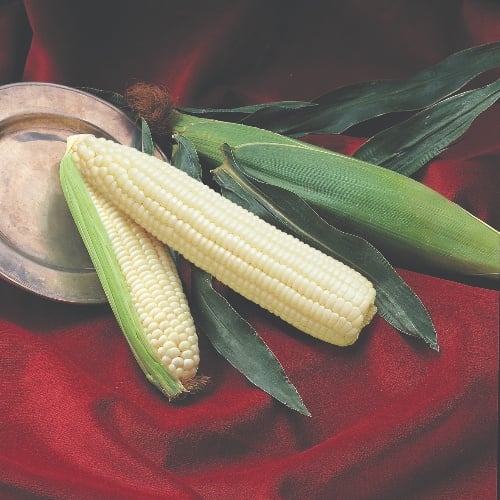
The standard sweet corn for many years. This type has creamy corn flavor and mild sugars. They are best used very
soon after picking, as conversion of sugar to starch is rapid.
Corn avg 2,500 - 3,000 sd/lb.
- Bicolor
- Yellow
- White
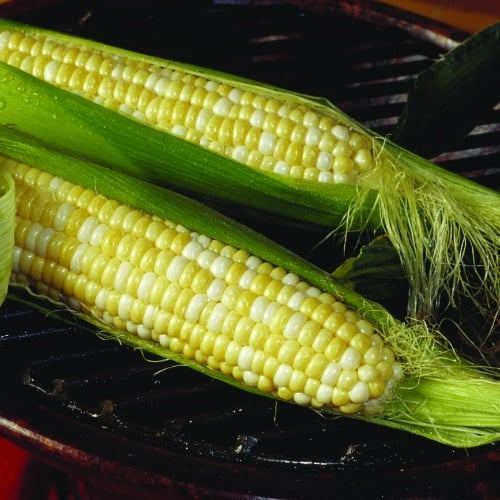
100% of kernels are sugary enhanced. Each kernel has higher sugar content than Normal Sugary Gene types but
also has comparable levels of starch. This makes the corn both sweet and creamy with a tender pericarp. The higher
sugar levels result in hybrids that maintain their quality over a longer period of time. Homozygous denotes that both
parents are se. Isolation required.
Corn avg 2,500 - 3,000 sd/lb.
- Bicolor
- Yellow
- White
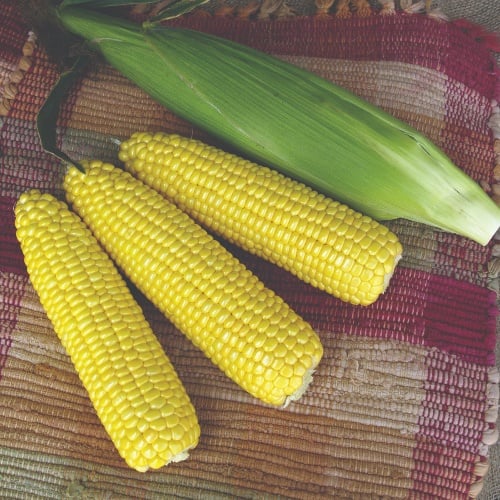
Also known as Supersweets, 100% of these kernels contain 2 to 3 times the sugars of Normal Sugary Gene types.
The high sugar content gives sh2 seed a shriveled appearance; the seed is lighter and has a higher count per
pound. Sh2 has a slower conversion of sugar to starch, allowing longer storage and/or long distance shipping.
Supersweets are sensitive to soil temperature. Soil should be consistently warmer than 55° at sowing. Examples of
this group include SummerSweet®, X-tra Sweet® and X-tra Tender®. Isolation required.
Sh2 corn avg 2,500 - 3,000 sd/lb.
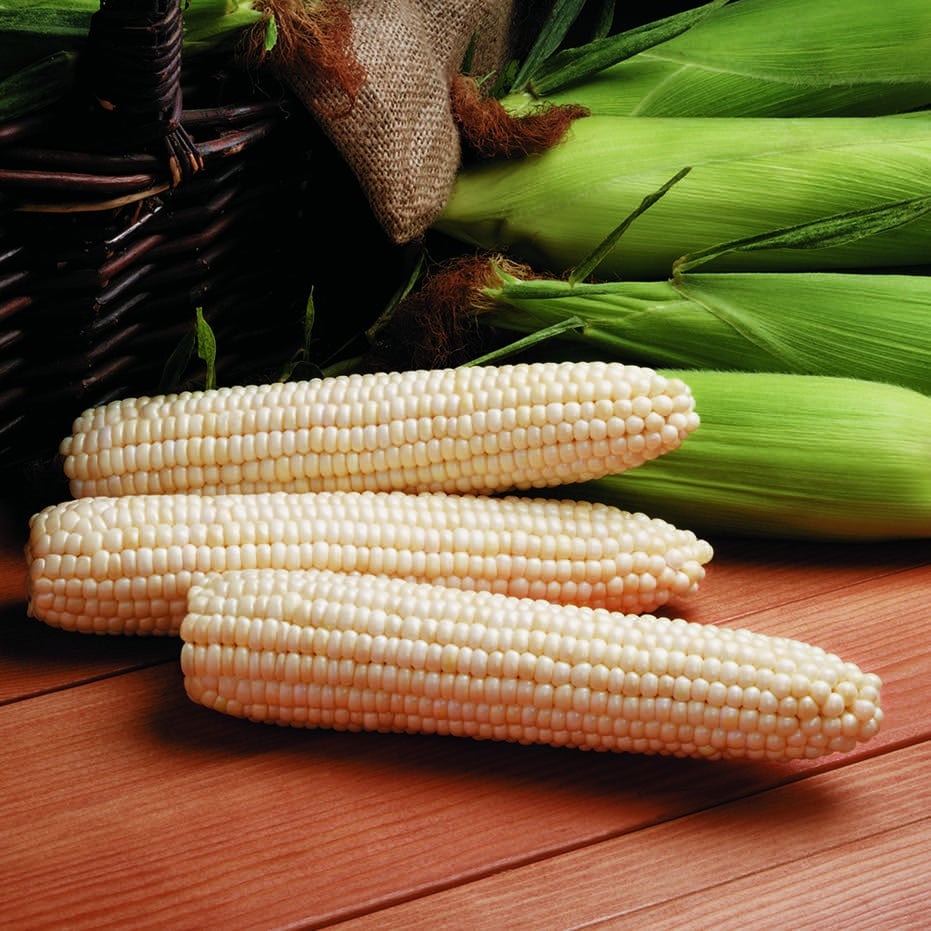
Also known as Heterozygous Shrunken 2 Gene Type (sh2 + se), this class contains 75% se kernels and 25% sh2
kernels on each ear. These are not recommended for long distance shipping or processing. These can be found
under the Synergystic headings by color. Isolation required.
Corn avg 2,500 - 3,000 sd/lb.
| |




